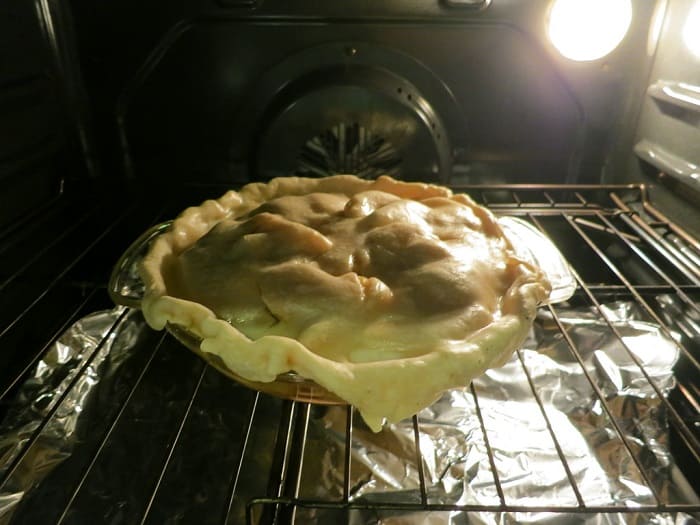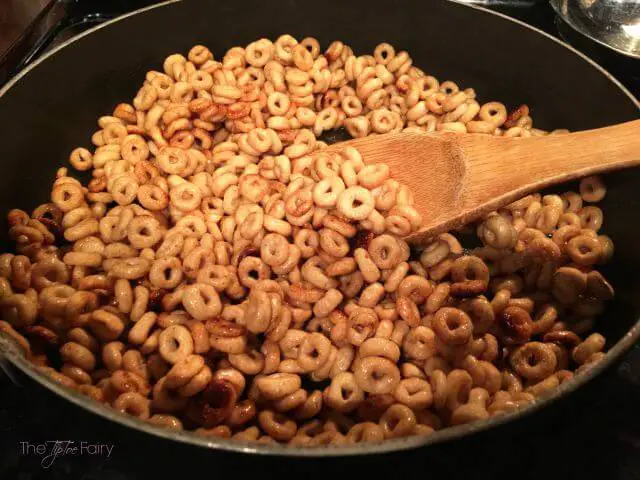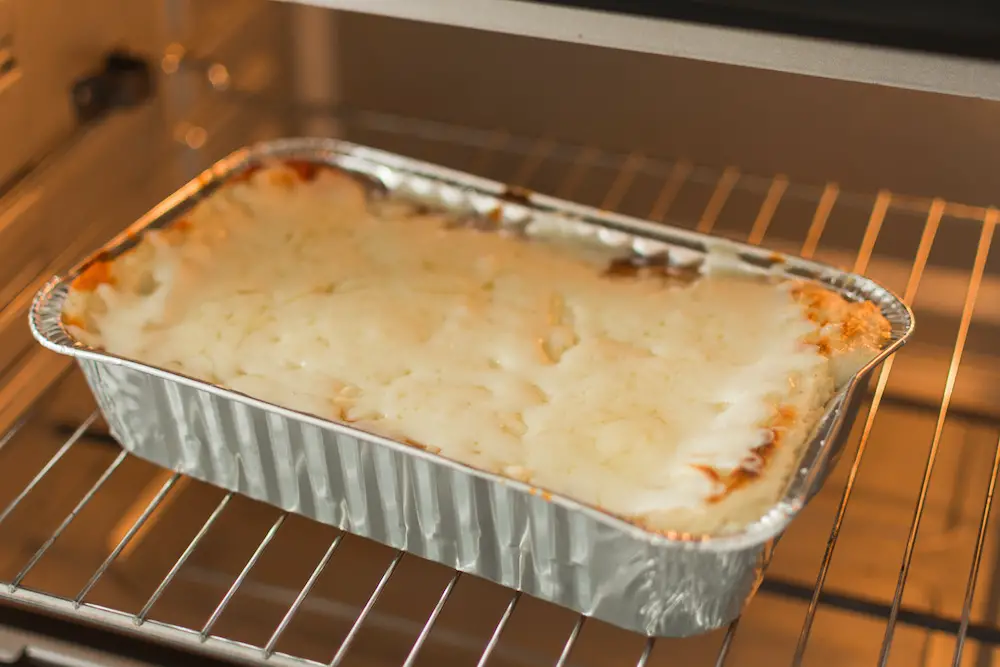How Long Do You Bake a Pie in a Convection Oven?
Baking pies is a classic skill that has been passed down for generations. Pies are delectable desserts that can be served at any special occasion or even on an ordinary day. With the introduction of convection ovens, baking pies has become easier and less time-consuming. In this article, we will provide you with tips and tricks on how to bake the perfect pie in your convection oven.
Understanding Convection Ovens
A convection oven is an oven that uses fans to circulate hot air throughout the cooking chamber. The hot air ensures even distribution of heat on all sides of the food being cooked, resulting in faster and more consistent cooking. Unlike conventional ovens, which rely solely on radiated heat to cook food, convection ovens use both radiation and convection currents to cook food.
Preparing the Pie Crust
The crust is an essential factor when it comes to making a good pie. A perfectly baked crust should be golden-brown, flaky, and crispy. Here are some tips on preparing your crust for baking in a convection oven:
- Use cold butter or shortening when making your dough as it creates steam pockets when baked, resulting in a flaky crust.
- Roll out your dough slightly thicker than usual since convection ovens can cause shrinkage due to their high heat distribution.
- Use a fork to poke holes lightly into the bottom of the crust before adding filling; these small holes allow air bubbles to escape during baking.
Filling Preparation
The filling is also critical when baking pies. The right filling can make or break your dessert. Here are some guidelines for preparing fillings for baking pies in a convection oven:
- Choose fillings that can withstand high temperatures without burning or overcooking.
- Use thickening agents such as flour or cornstarch to help the filling set and prevent it from becoming too runny.
- Avoid over-filling the pie to leave room for expansion during baking.
Ideal Temperature and Duration for Baking Pies in a Convection Oven
The recommended temperature range for baking pies in a convection oven is 350°F to 375°F. The duration of baking depends on the specific type of pie you are making; here are some breakdowns:
- Fruit pies – Bake for about 45 minutes to an hour or until the crust is golden brown.
- Custard pies – Bake for about 35 to 45 minutes or until the custard has just set.
- Cream pies – Bake for about 25 to 30 minutes or until the filling begins to set.
Adjusting Temperatures and Durations for Best Results
Guidelines on Temperature Adjustment
- When should you adjust baked temperature?
- If your crust is browning too quickly, reduce oven temperature by about 25°F
- If your pie needs more browning, increase oven temperature by up to 25°F, but be careful not to burn it.
- How much should you decrease/increase temperature?
- If you are unsure how much to adjust, start with small increments of five degrees Fahrenheit.
- Controlling top browning using heat protection devices (edges of aluminum foil sprayed with oil)
- Shield exposed areas of your pie with pieces of aluminum foil coated lightly with pan spray.
Guidelines on Time Adjustment
- When should you adjust baked time?
- Check your pie continually after reaching halfway through baking time.
- Recommended range of adjustments
- Increase cooking time in five-minute intervals as needed until fully cooked through.
Best Practices: Tips and Tricks for Baking Pies in Convection Ovens
- Always use heavy-gauge metal pans since they distribute heat evenly across all sides of the pie.
- Preheat your convection oven before baking
- Be sure to rotate your pies 180 degrees halfway through the cooking process to guarantee even browning
- Do not overcrowd your oven. Ensure there’s enough space for air circulation resulting in top-notch and evenly-cooked pies.
Troubleshooting Common Issues while Baking Pies in a Convection Oven
Problem 1: Over-browned crusts before fully cooked inside.
Solution: Lower oven temperatures or reduce overall cooking time to prevent crust burning.
Problem 2: Cracking top fillings after initial cooling.
Solution: Bake until filling puffs up, but still jiggles like Jello when gently shaking or lower heat gradually to eliminate cracking problems.
Problem 3: Uneven browning across the top surface of pie during baking.
Solution: Shield exposed and vulnerable areas with aluminum foil guards or rotate them every fifteen minutes until evenly browned.
Conclusion
The key takeaway is that baking pies in a convection oven requires slight adjustments compared to conventional ovens. But once one understands how it works, it ultimately results in viable time savings, consistently perfecting homemade pies made from scratch. Remember always to keep an eye on the pie and make necessary adjustments as needed—the final product of precisely baked pies caramelizes lovingly into hallmarks of delicious fruity, custardy, or creamy centerpieces deserving applause at any table!
Q&A
- Q: Can I bake a pie in a convection oven? A: Absolutely! Convection ovens are actually perfect for baking pies, as they circulate hot air evenly around the dish, leading to a crisp and golden crust.
- Q: How long does it take to bake a fruit pie in a convection oven? A: The baking time will depend on the type of fruit you’re using and the thickness of your crust. However, on average, most fruit pies can be baked in a preheated convection oven at 375°F for approximately 45-55 minutes.
- Q: Can I use frozen pie crusts in a convection oven? A: Yes, you can! Simply follow the instruction on the packaging for defrosting. Keep in mind that if you’re using frozen crusts instead of making them from scratch, your baking time may differ slightly.
- Q: What is the biggest benefit of baking a pie in a convection oven? A: The largest advantage of using a convection oven for baking pies is that they cook faster than regular ovens thanks to the even heat distribution. Plus, convection cooking results in crispy pastry shells with perfectly caramelized fillings – perfect for impressing your guests!




